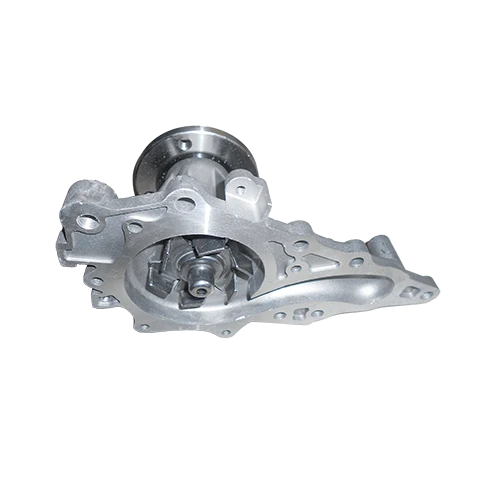Mobile:+86-311-808-126-83
Email:info@ydcastings.com
Exploring Green Sand as an Effective Casting Material for Aluminum Applications
Green Sand for Casting Aluminum An Overview
Green sand is one of the most widely used molding materials in the metal casting industry, particularly for aluminum casting. It is composed of a mixture of sand, clay, water, and other additives. The term green refers to the sand's moisture content, not to its color. This sand remains in a wet state during the molding process, which is essential for creating precise molds that can withstand the high temperatures of molten aluminum.
Composition and Properties of Green Sand
The primary component of green sand is silica, which gives it excellent flowability and structural integrity. The clay, typically bentonite, serves as a binder that holds the sand grains together. Water acts as a catalyst in the mixture, enhancing the mold's ability to retain its shape and detail while also improving the handling properties of the sand.
Green sand's unique properties make it suitable for aluminum casting. It has good thermal conductivity, which allows it to absorb the heat of the molten aluminum quickly, reducing the risk of thermal shock. Additionally, green sand molds are easily created and can be reused after some processing, making them cost-effective for large-scale production.
Advantages of Using Green Sand for Aluminum Casting
1. Cost-Effectiveness Green sand is relatively inexpensive compared to other molding materials such as resin-bound sands. This makes it an attractive option for foundries working with tight budgets or high production volumes.
2. Versatility Green sand molds can be used to produce a wide variety of castings, from small precision components to large industrial parts. The adaptability of the sand mixture enables foundries to modify the properties of the sand to suit specific casting requirements.
green sand for casting aluminum

3. Ease of Use The molding process with green sand is simple and well understood. It requires less specialized equipment than other methods, making it accessible for many foundries.
4. Environmental Benefits As a natural product, green sand is more environmentally friendly than synthetic molding materials. Its composition can be replenished, and spent sand can often be recycled.
Challenges and Considerations
Despite its many advantages, there are challenges associated with using green sand for aluminum casting. One of the primary concerns is the moisture content; too much water can lead to defects in the casting, while too little can cause the mold to crumble. Therefore, foundries must carefully control the sand's moisture levels to achieve optimal results.
Another challenge is the shrinkage that occurs during the cooling of molten aluminum. Foundry workers must account for this shrinkage in the mold design to ensure that the final casting meets the required dimensions. Additionally, the permeability of green sand molds can sometimes be an issue, as insufficient gas venting can result in defects such as porosity in the final product.
Conclusion
In conclusion, green sand is a fundamental material in the aluminum casting process, offering numerous benefits such as cost-effectiveness, versatility, and ease of use. While there are challenges to its application, with proper management and control of the molding process, it can produce high-quality castings that meet industry standards. As the demand for aluminum products continues to grow, the significance of green sand in the foundry industry is likely to endure, paving the way for innovative methods and improvements in casting technology.
-
Why Should You Invest in Superior Pump Castings for Your Equipment?NewsJun.09,2025
-
Unlock Performance Potential with Stainless Impellers and Aluminum End CapsNewsJun.09,2025
-
Revolutionize Your Machinery with Superior Cast Iron and Aluminum ComponentsNewsJun.09,2025
-
Revolutionize Fluid Dynamics with Premium Pump ComponentsNewsJun.09,2025
-
Optimizing Industrial Systems with Essential Valve ComponentsNewsJun.09,2025
-
Elevate Grid Efficiency with High-Precision Power CastingsNewsJun.09,2025











